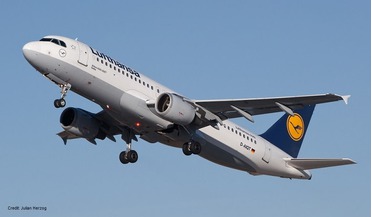 June 2015
The book of flight
June 2015
The book of flight
... the weather prediction centre or from other pilots who report turbulence and other hazardous situations like wind-shear. At present, such information is not automatically relayed efficiently to other pilots. Right now, it’s through air traffic...
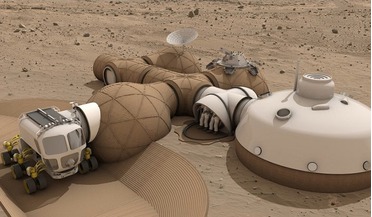 October 2015
How to 3D-print a habitat on Mars
October 2015
How to 3D-print a habitat on Mars
... elements. The rovers will identify and collect the local fine regolith sources available from aeolian, or wind-created, deposits within craters and beds and transport them to the habitat site. First, the sintering...
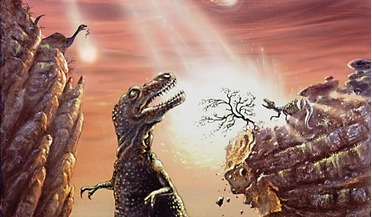 February 2016
Is Jupiter Really Our Protective Shield?
February 2016
Is Jupiter Really Our Protective Shield?
... planets are modelled with their present masses, most of the planetesimals initially situated between the planets wind up ejected from the Solar System, and very few survive past 100 My of simulation time. [15][35] Modern simulations...
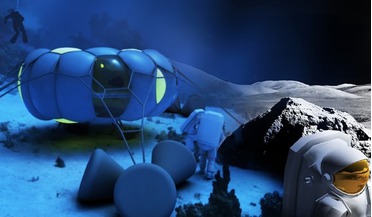 February 2016
Shifting Space Perspectives: Artistic Research as Connective Research Area
February 2016
Shifting Space Perspectives: Artistic Research as Connective Research Area
... wherever possible. Cities are the biggest consumers of energy, so alternative ways of producing energy must be explored - using wind, the Sun or other renewable energy sources. The ISS, for example, is powered solely by solar energy. Astronauts...
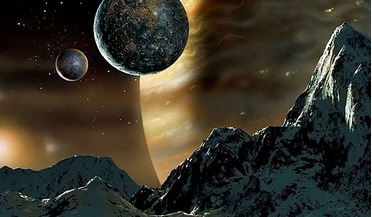 March 2016
Why We Need Space Artists
March 2016
Why We Need Space Artists
... of soda-water (because of the carbon dioxide in its atmosphere) or even with lush prehistoric jungles; or perhaps it was a wind-blown dust-desert, with rocks eroded into strange shapes? Now it is a blistering, hostile hell-planet, with...
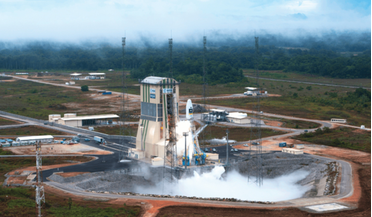 July 2016
France, Europe and Russia - two decades of space launch cooperation
July 2016
France, Europe and Russia - two decades of space launch cooperation
... European Space Agency (ESA). The initial mission, which was dedicated to the study of interactions between solar winds and terrestrial magnetosphere, was soon followed by two additional Cluster II satellites on 9 August. Three years later, another...